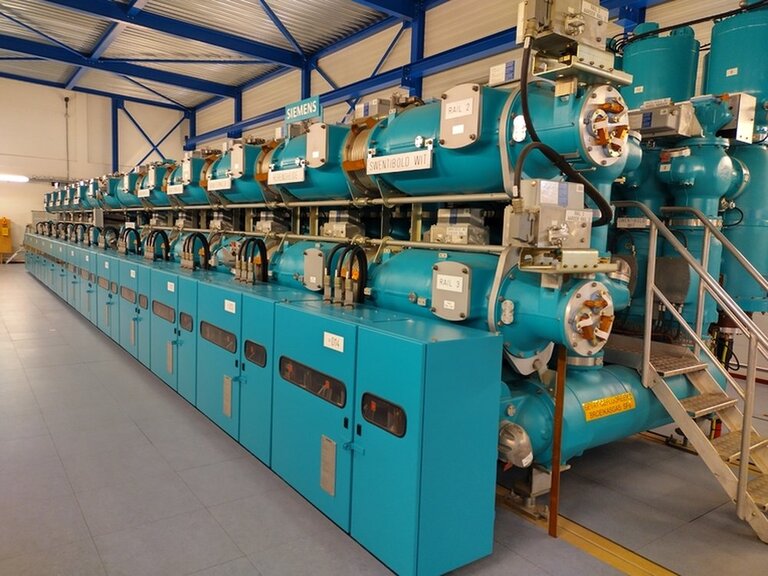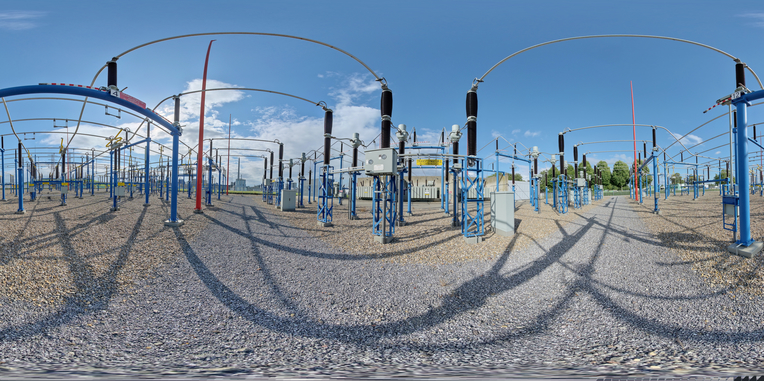The process for USG to integrate an electric steam boiler started about 4 years ago after a power-to-heat feasibility study showed it was the preferred option. The e-boiler with electric superheater will have a capacity of about 20 MWe, which corresponds to 30 tons of superheated steam per hour and about 10% of the operational steam capacity of USG’s gas-fired steam boilers.
USG commissioned Bilfinger Tebodin for the integration of the e-boiler in the USG infrastructure and the engineering of the utility connections. “We chose Bilfinger Tebodin for our e-boiler project because we have worked together on other projects,” says Sonny Schepers, Senior Sustainability Engineer at USG and responsible for the sustainability projects. “They have done other projects on Chemelot and are therefore familiar with the site and how things work there. Especially beneficial is that Bilfinger Tebodin has experience with other e-boiler projects and has done engineering for our preferred supplier for the e-boiler before.”
Creating a hybrid system
An e-boiler suits USG’s system and has two main benefits:
- Due to the flexibility, USG can profit using the e-boiler for sustainable steam production on moments when electricity is cheap (demand side response) by which USG also actively contributes to national electricity grid stability.
- USG actively contributes to the reduction of CO2 emissions on Chemelot by avoiding the use of natural gas when the e-boiler is in operation.
“This will be our first e-boiler within USG,” says Schepers. “Our project is a first step in the transition that we need to make to reach Chemelot’s ambitious goal of being climate neutral in 2050. The e-boiler will be fitted between our gas-fired steam boilers, creating a hybrid system. For USG this is a first step in electrification and demand side response processes.”
Challenges on the national high-voltage grid
For USG, the availability of capacity of the national high voltage grid of TenneT in the Netherlands is a challenge. “100% of the electricity for our e-boiler must be supplied from the public high voltage grid,” says John Meijers, Supervisor Electrical Engineering and Technical Control at USG. “Due to local congestion in the Dutch national high-voltage grid, there may be situations in which we cannot fully use our e-boiler due to insufficient available transport capacity. If no measures are taken on the grid, the electrification of Chemelot cannot go as fast as we would like. However, the urgency among all parties involved is known, so we are positive that we will solve this challenge together.”



